-
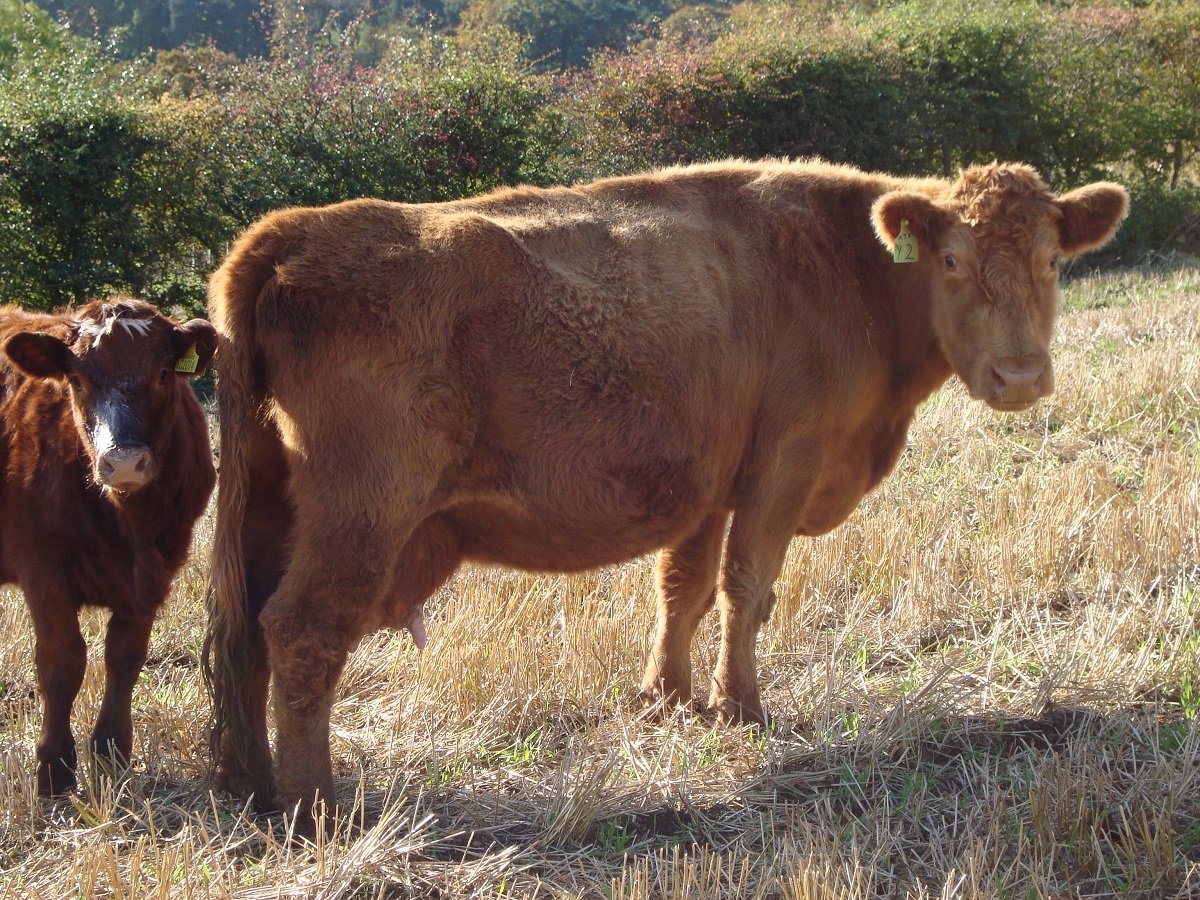
Importance of body condition scoring in suckler cows
Avoiding obesity, excessive leanness or large changes in condition in pregnant suckler cows could avoid unnecessary winter feed use and lead to healthier fast-growing calves, new research has found. Body condition scoring is a rapid way to assess fat coverage of livestock, and in cattle it is s...Read more -
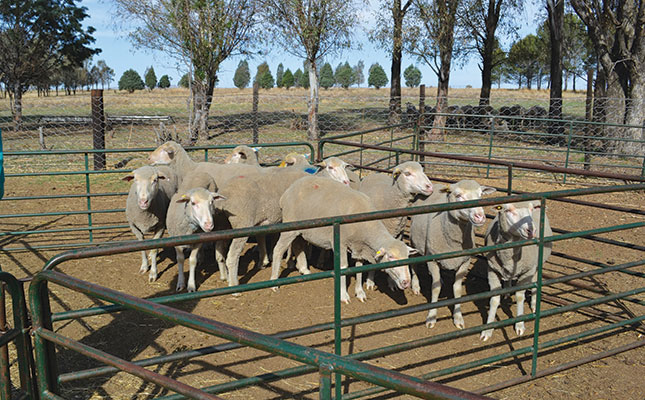
How intensive sheep farmers can improve traceability and profit
Long gone are the days when sheep were produced on sleepy farms where the animals were simply left on the veld for days without having any contact with the farmer. These days, farmers have to manage their flocks with far greater care due to the risks posed by stock theft and predation. Gareth Ang...Read more -
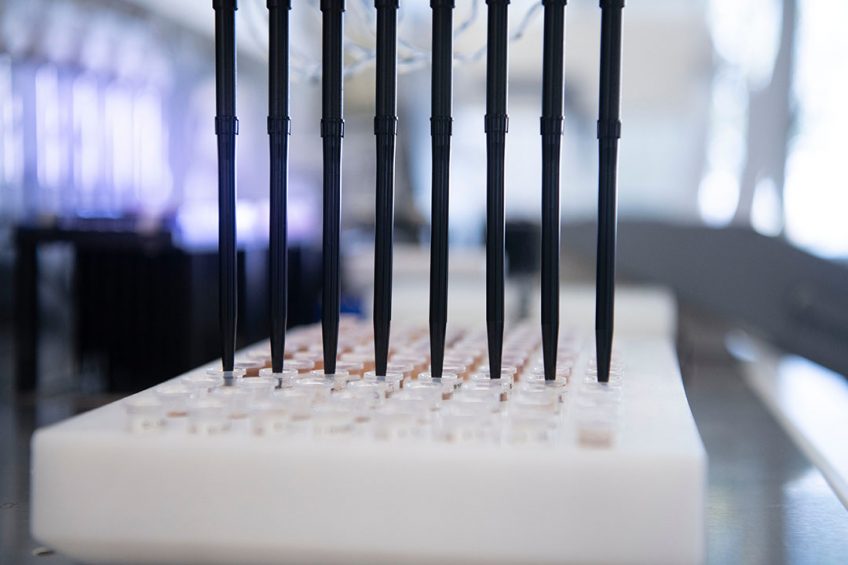
Genetic insights could help tackle campylobacter in chicken
UK scientists claim they have identified regions in the genetic make-up of chickens that are linked to resistance to Campylobacter. It is estimated that each year, more than 500,000 people in the UK are affected by Campylobacter, the leading bacterial cause of food-borne gastroenteritis in humans...Read more -
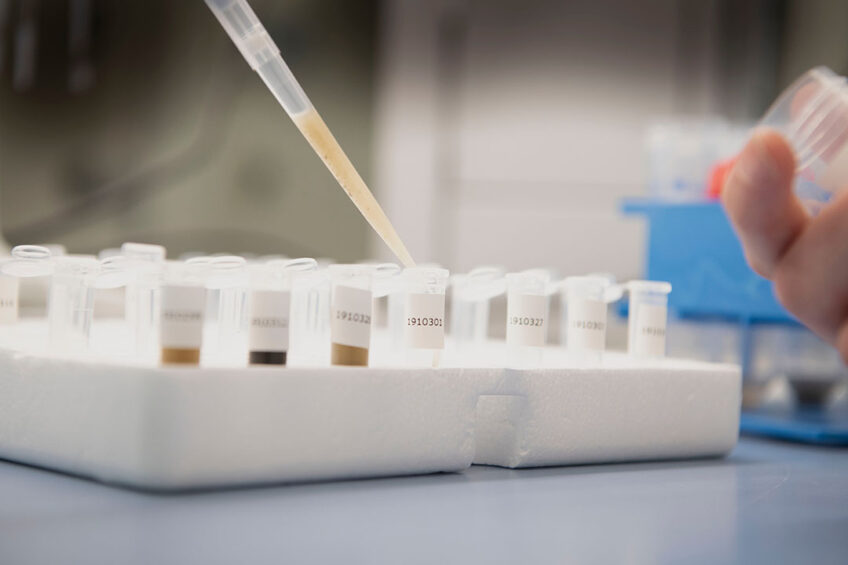
Gene-editing breakthrough could end male chick culling
Researchers have used gene editing to create single-sex mice litters, which they could improve animal welfare in the poultry industry. The scientists from the University of Kent’s School of Biosciences and The Francis Crick Institute have used gene editing technology to create female-only and mal...Read more -
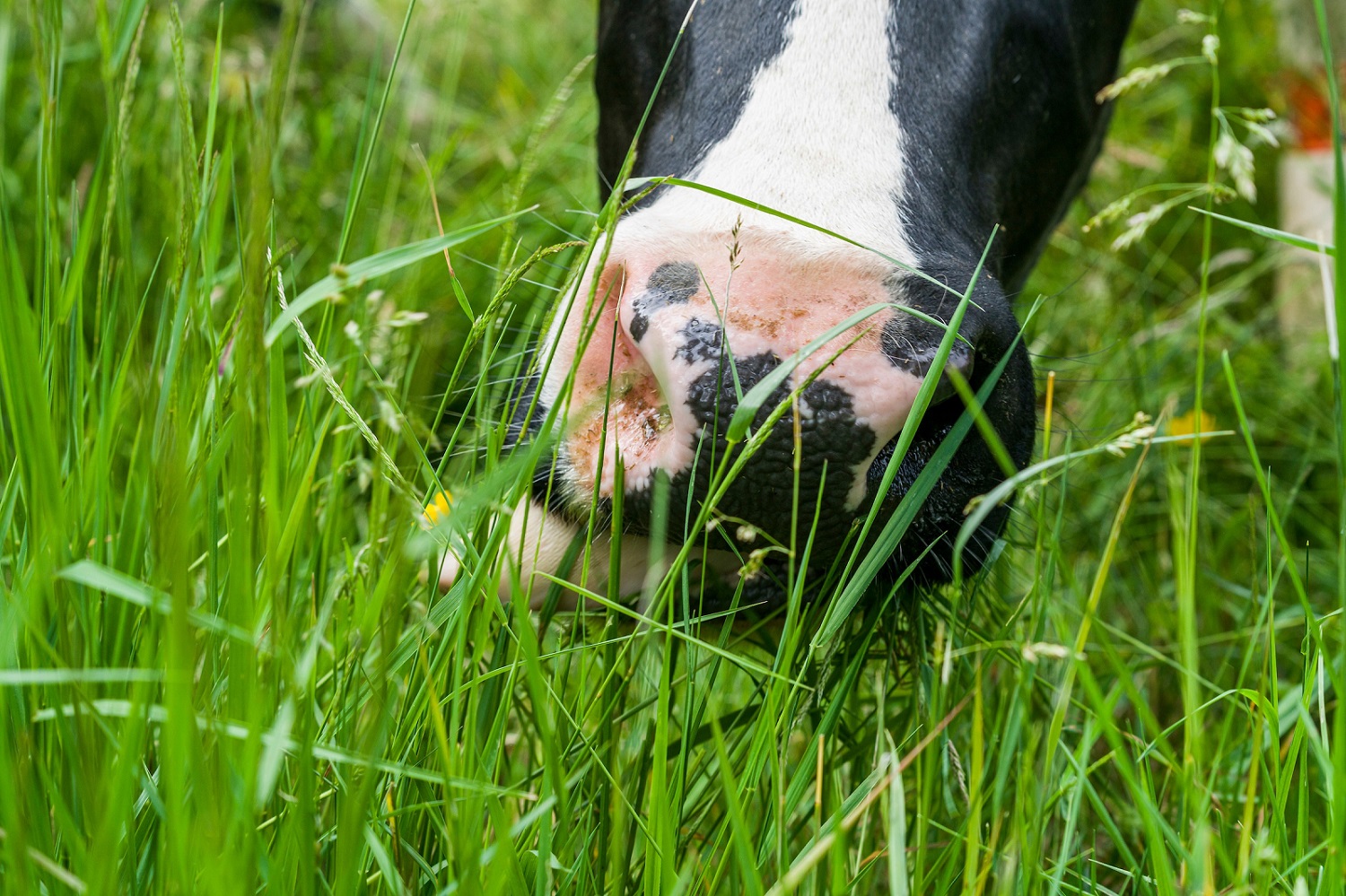
Farmers need to adopt agroecological practices
An agroecological farming approach – which aims to optimise production while minimising external inputs – is needed if the country is to meet climate and biodiversity targets set by the Scottish Government. However, a survey of farmers found that while Scottish crop farms are ahead of...Read more -
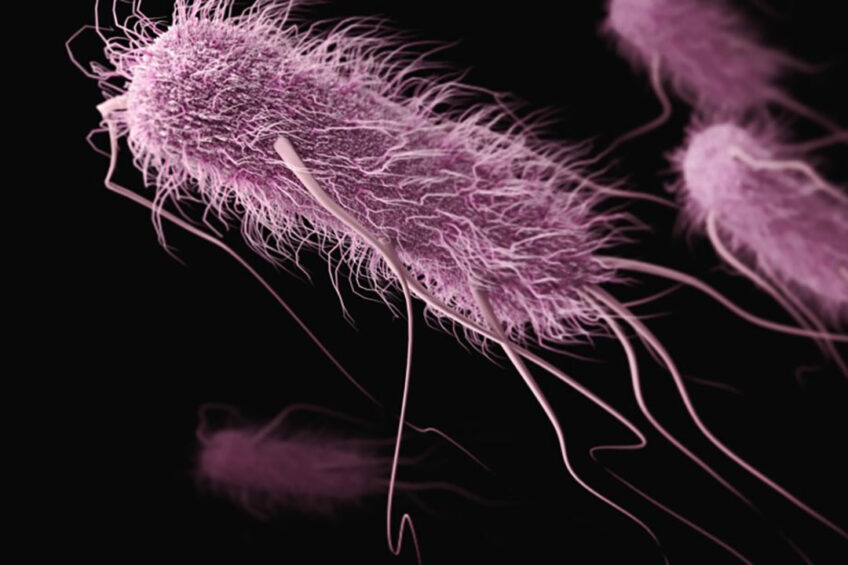
Evolving E. coli strains from farm animals to humans
Research suggests that genetic material from E. Coli bacteria in farm animals, including poultry, could be contributing to the evolution of deadly pandemic strains in humans. E. coli usually live as harmless bacteria in the gastrointestinal tracts of birds and mammals but also reside in environme...Read more -
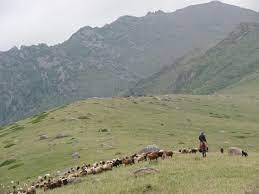
Earliest spread of millet agriculture outside China linked to herding livestock
5000 years before the modern rise of millet as a popular grain, this Chinese crop was spread far and wide by ancient food aficionados, not for their plates but instead for their animals, suggests new research from an international collaboration led by Kiel University (Germany) and Washington Univ...Read more -
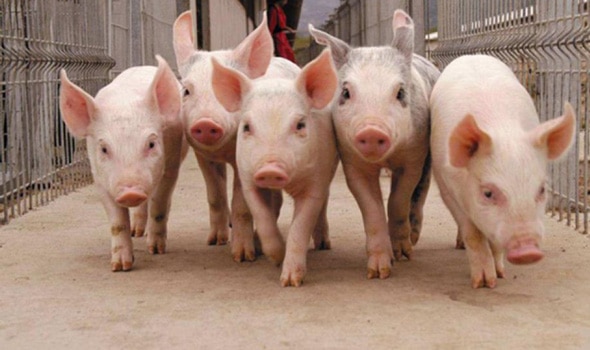
COMMON DISEASES OF SMALL PIG HERDS
Malnutrition (poor condition) Malnutrition is one of the most important problems of small pig herds The pigs will appear thin and show poor growth The only bones that you should see are the shoulder blades, which should be covered by a layer of flesh so that you cannot actually feel If the backb...Read more -
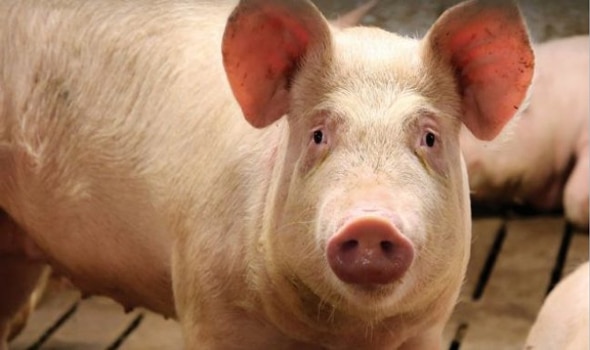
CARBOHYDRASE AND ITS IMPACT ON PIG HEALTHY LIFE
The aim of modern pig production is to optimise performance and gain, while seeking a more sustainable way of production. With feed taking up the lion’s share of production costs, it makes sense to get the most out of what is fed. An enzyme can help optimise feed usage – and multiple enzymes can ...Read more -
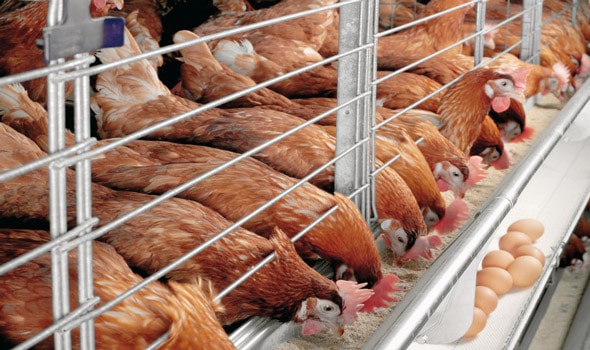
10 THINGS YOU SHOULD KNOW BEFORE STARTING A POULTRY FARM
It’s not unusual for new farmers to start out with poultry because of the popular opinion that poultry farming is an easy entry into farming in general. To an extent, this opinion is true. But as an Agric-Tech Information Expert that deals with poultry farmers on a daily basis, we can emphaticall...Read more -
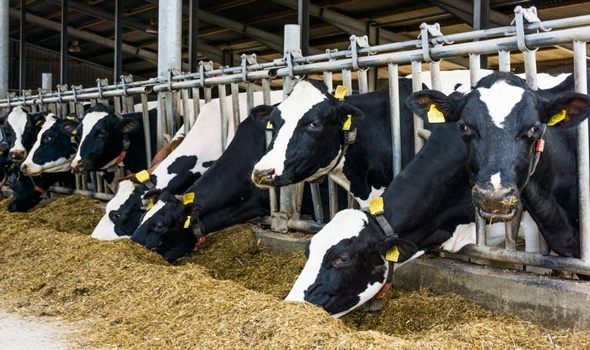
7 FACTORS THAT AFFECT INTAKE AND DIGESTIBILITY IN CATTLE
What are the actors that affect feed intake, digestibility, and utilisation of feed nutrients in cattle? And moreover, how can they be influenced? 7 factors are listed here. 1. Overfeeding Cattle are adversely affected by overfeeding and often show symptoms of bloat, indigestion, and acute dist...Read more -
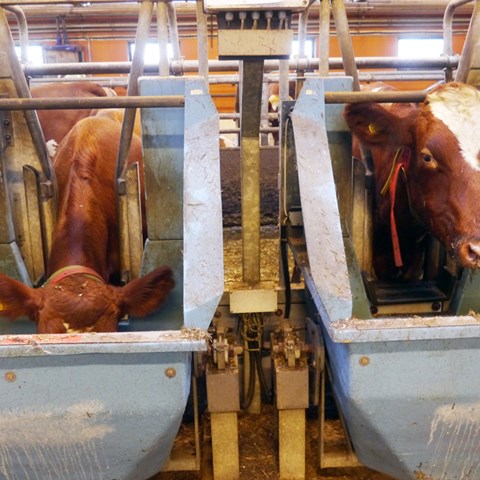
Researchers use cameras to study the social interactions between cows
Data from sensors, showing the position of the cows, in combination with a video stream taken by cameras installed in the barn, are used to study the behavior of dairy cattle. In a pilot study, at one of Swedish University of Agricultural Sciences´s research barns, Keni Ren and her colleagues sho...Read more -
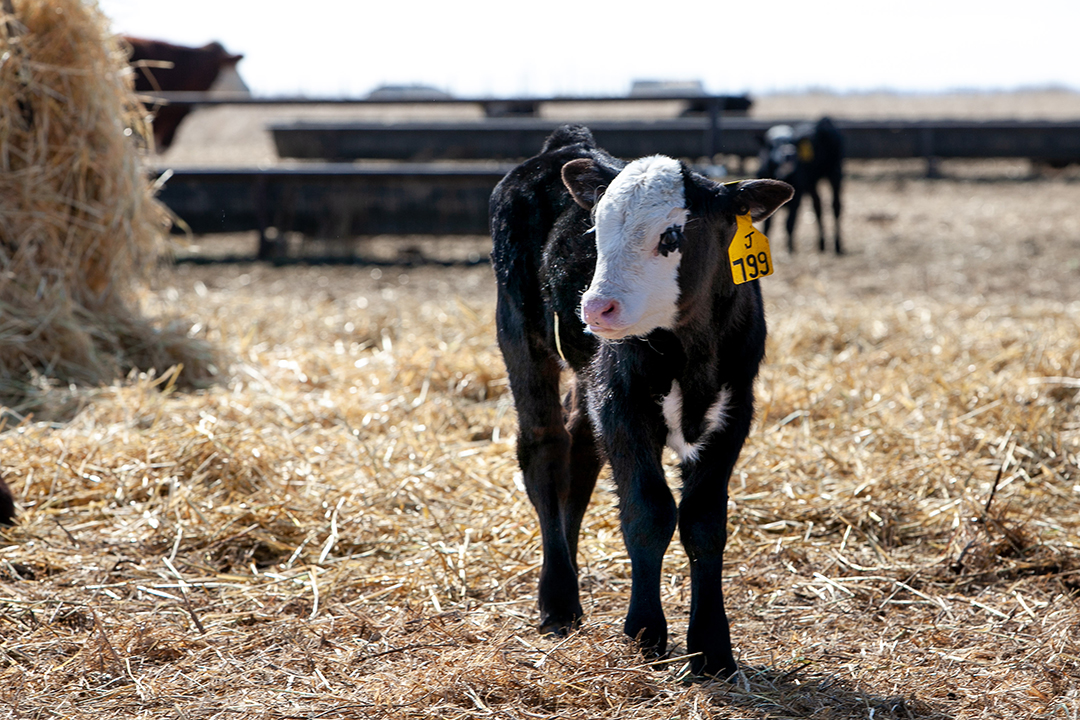
Reducing calves’ castration pain drives research
Reducing or mitigating the pain of castration for male beef calves is one of the main animal welfare concerns in the beef cattle industry today. Canada’s national codes of practice for the care and handling of both beef and dairy cattle recommend that male calves be castrated within the first few...Read more -
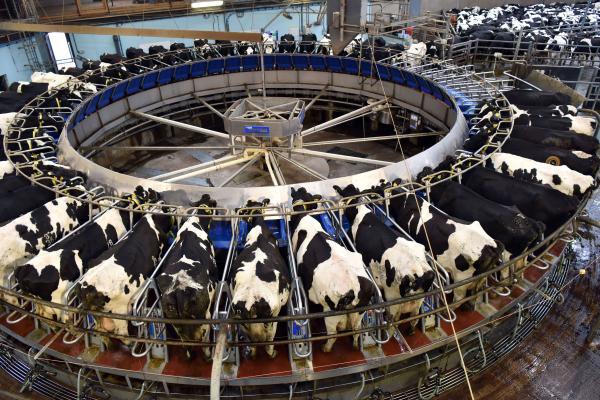
Environmental mastitis risk during housing
Udder infections may be picked up from the environment or transmitted from cow to cow (contagious transmission), so understanding the origin of infections can improve the effectiveness of any preventative steps. During this winter housing period take time to consider the risks facing your own her...Read more -
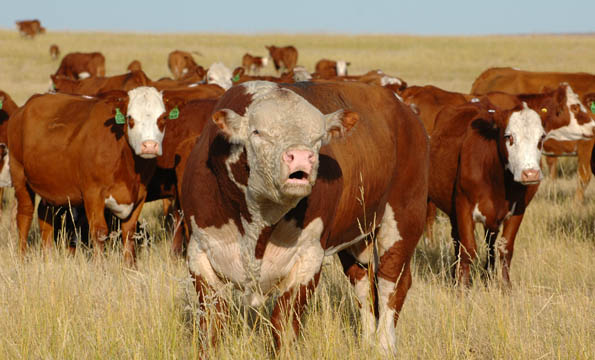
Easy test can see if breeding bulls have the right stuff
Forget sending bull semen out for complicated laboratory tests to learn whether the agricultural animal is highly virile. Soon, a quick and easy method — reminiscent of a home pregnancy test — can tell if a breeding bull has the right stuff. By borrowing from nature, Cornell Universit...Read more -
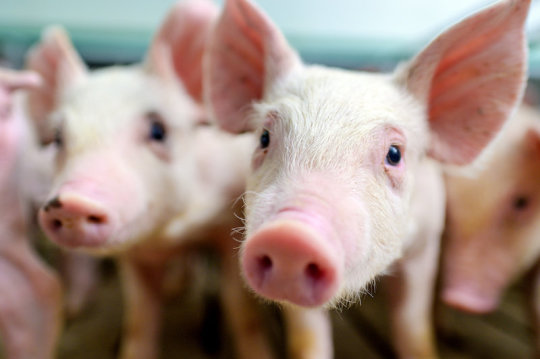
Pig grunts reveal their emotions
We can now decode pigs’ emotions. Using thousands of acoustic recordings gathered throughout the lives of pigs, from their births to deaths, an international team of researchers is the first in the world to translate pig grunts into actual emotions across an extended number of conditions an...Read more -
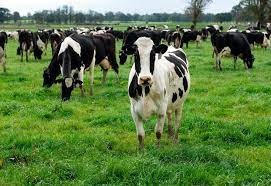
Wild Meat Vs Livestock Emissions
Consuming sustainably sourced wild meat instead of domesticated livestock reduces greenhouse gas emissions and retains precious tropical forest systems, which in turn mitigates the effects of climate change. That’s according to new research from the University of East Anglia (UEA) and Brazi...Read more -
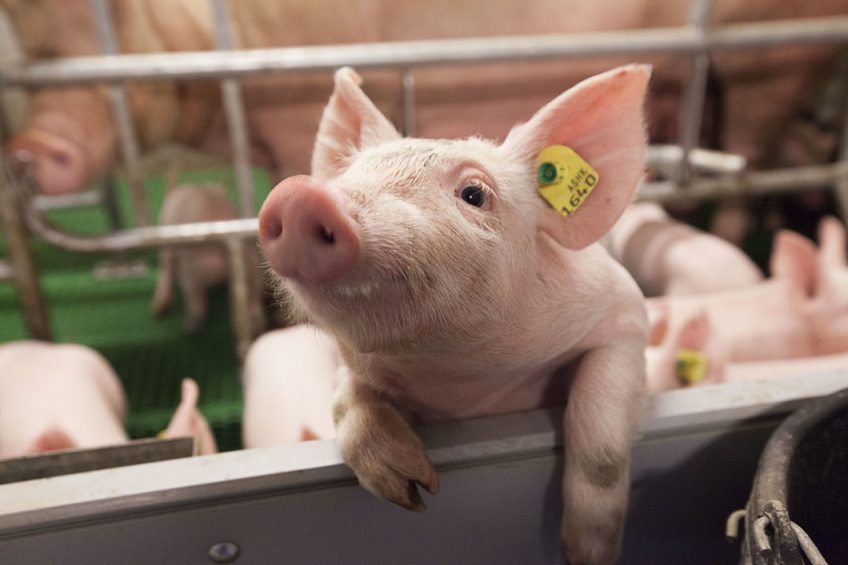
Virus-resistant pigs to vastly improve global animal health
Researchers at the University of Missouri have successfully produced a litter of pigs that are genetically resistant to a deadly porcine virus. Coronaviruses, highly contagious and widespread viruses known for their distinctive microscopic halos, are responsible for a variety of deadly intestinal...Read more -

Pet dogs really do grieve the deaths of other dogs they live with
Pet owners may have long suspected it, but now a study has found that nearly 90 per cent of dogs that experienced the death of a “companion” canine in the same household showed negative behaviours in the following months. This included becoming less playful, eating less, being more fearful and se...Read more -
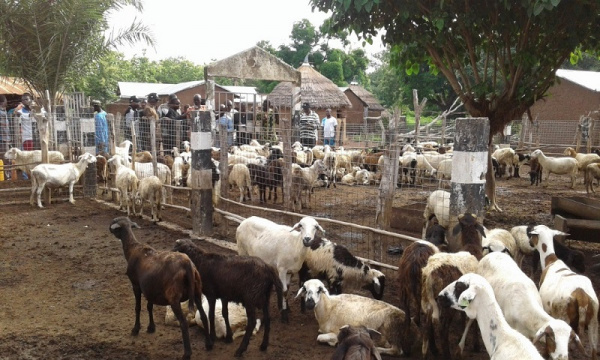
Kenya Livestock Commercialization Project Launched In Trans-Nzoia
A Sh9.6 billion livestock commercialisation project jointly funded by the Government of Kenya and International Fund for Agricultural Development (IFAD) Heifer International has been launched in Trans Nzoia. County Director for Livestock Bashar Elmi said the project, which targets 10 counties, is...Read more -
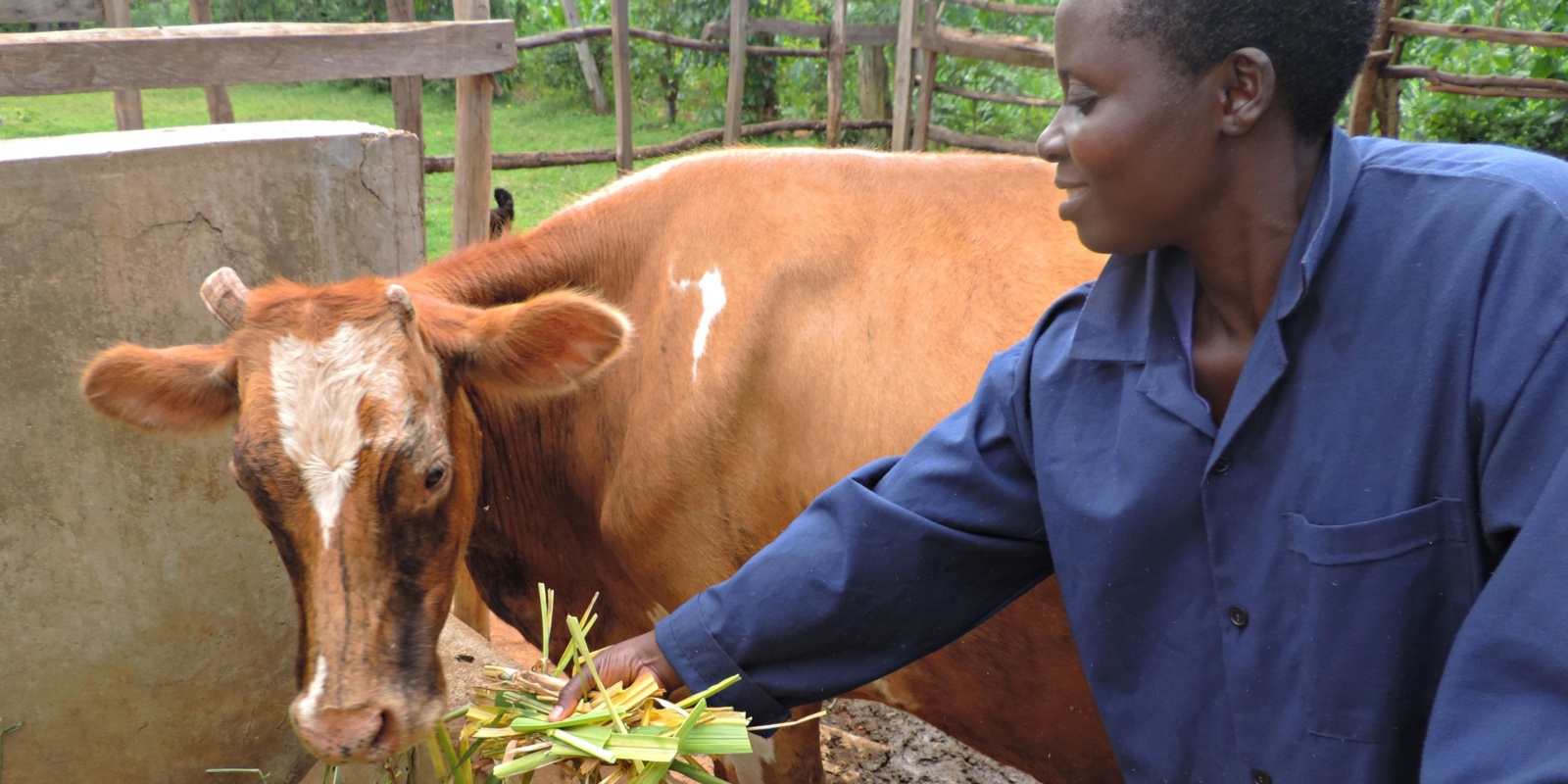
Improved forages empower smallholder women livestock keepers in Kenya and Ethiopia
Climate change is a global challenge that burdens all humanity, but not equally. The rural poor, particularly women, are more affected by climate-related shocks. Women and men in rural areas of sub-Saharan Africa who depend on farming as a primary source of livelihood are considered more vulnerab...Read more -
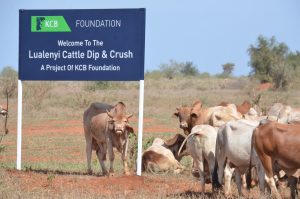
Identification System Set To Improve Value Of Livestock
Livestock sector in Taita Taveta County is set for a significant transformation following the launch of a Livestock Identification and Tracking System (LITS) programme that will support farmers realize maximum returns. The LITS, officially launched at Lualenyi Mifugo Ni Mali Livestock Centre in L...Read more -
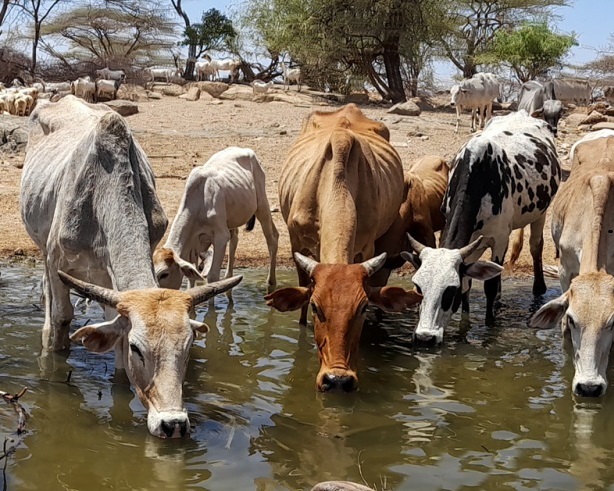
Hunger in the Horn East Africa needs rain
East Africa is no stranger to water crises. The disaster of 2010-2011 saw more than 260,000 people die due to consecutive droughts and half of them were children. Now, like then, a series of failed rainy seasons have led to a lack of potable water, which has, in turn, devastated communities relia...Read more -
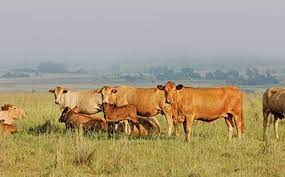
Heat stress for cattle may cost billions by century’s end, study finds
Climate change poses a potentially devastating economic threat to low-income cattle farmers in poor countries due to increasing heat stress on the animals. Globally, by the end of this century those producers may face financial loss between $15 and $40 billion annually. Farmers in tropical region...Read more

